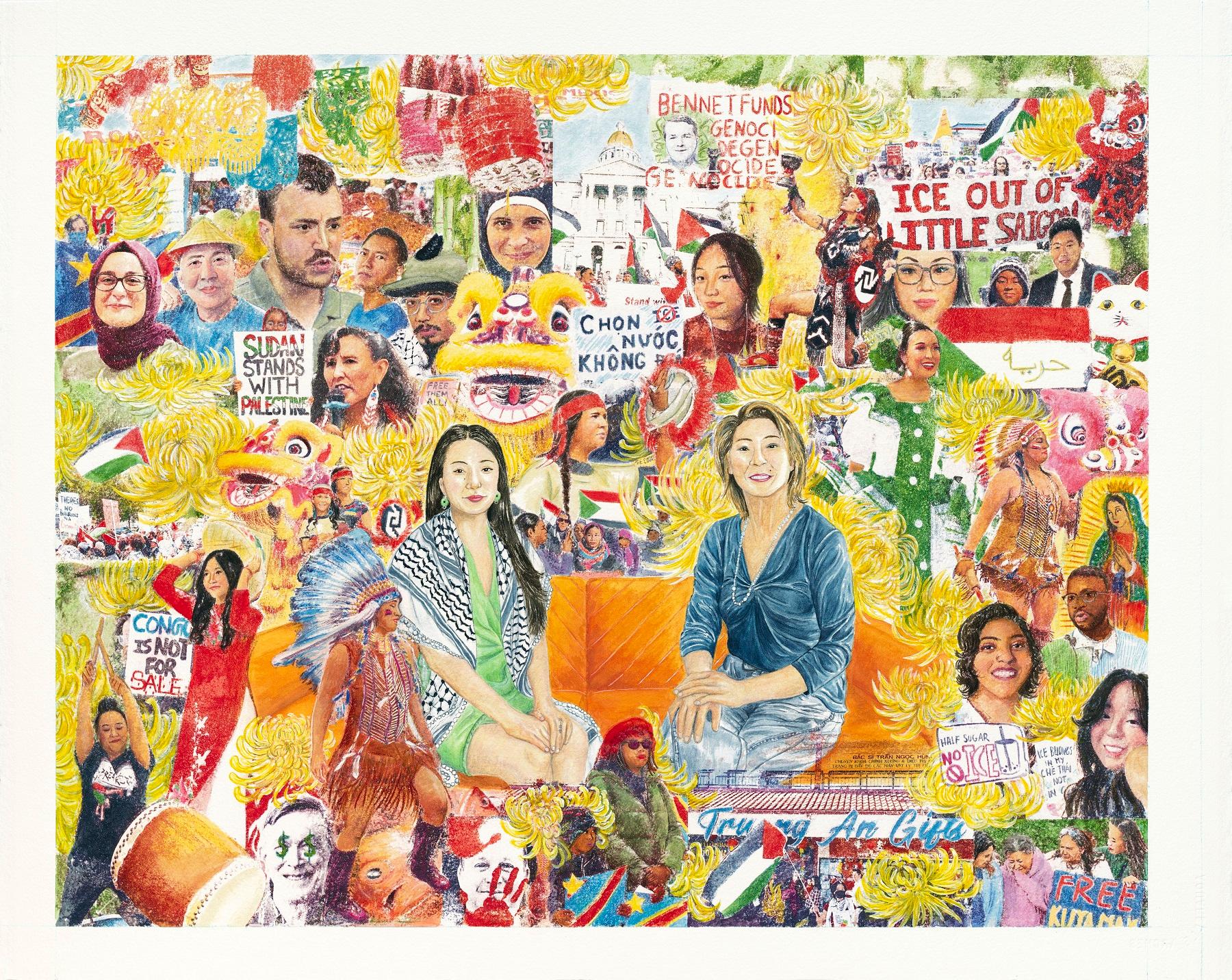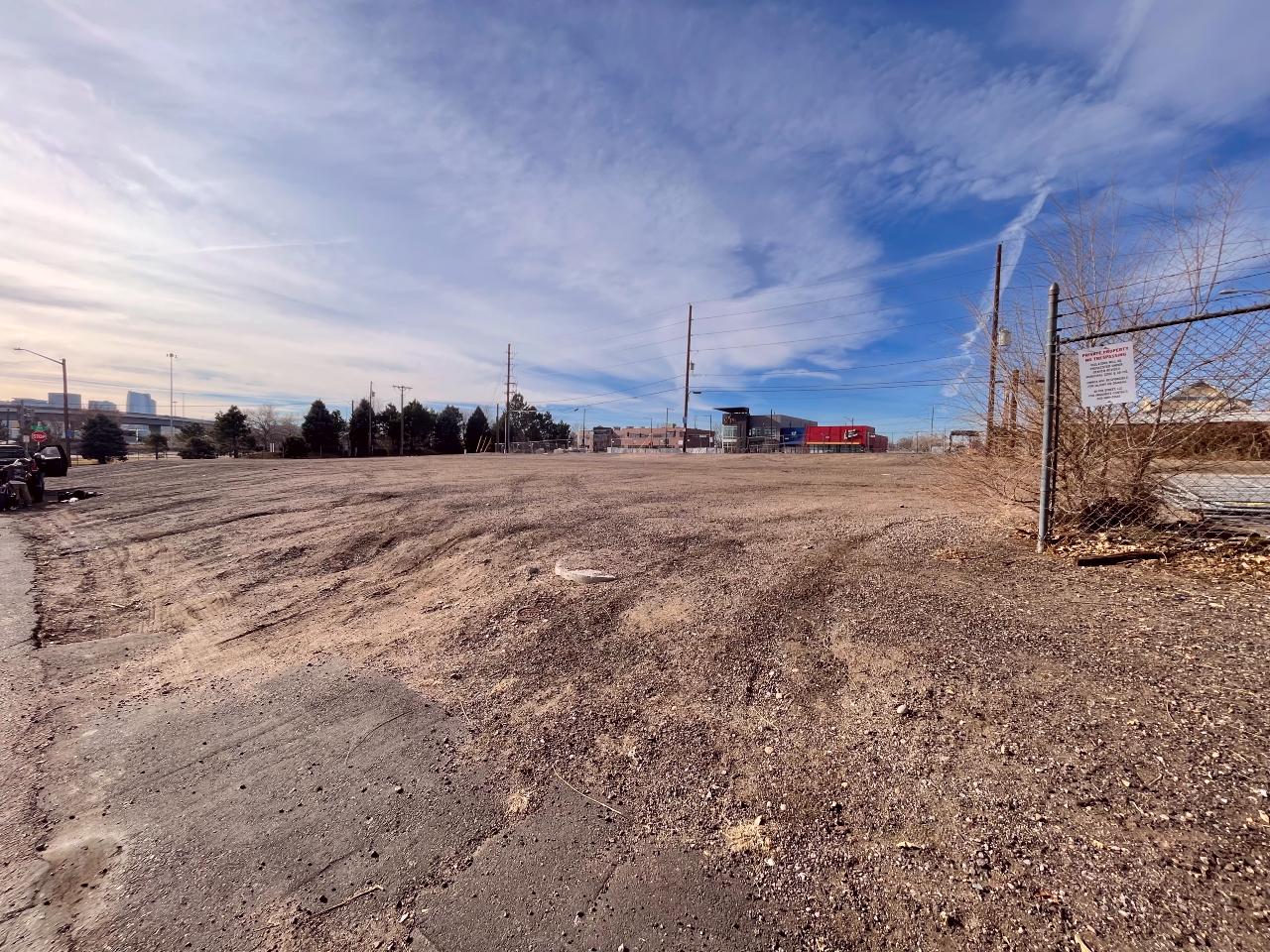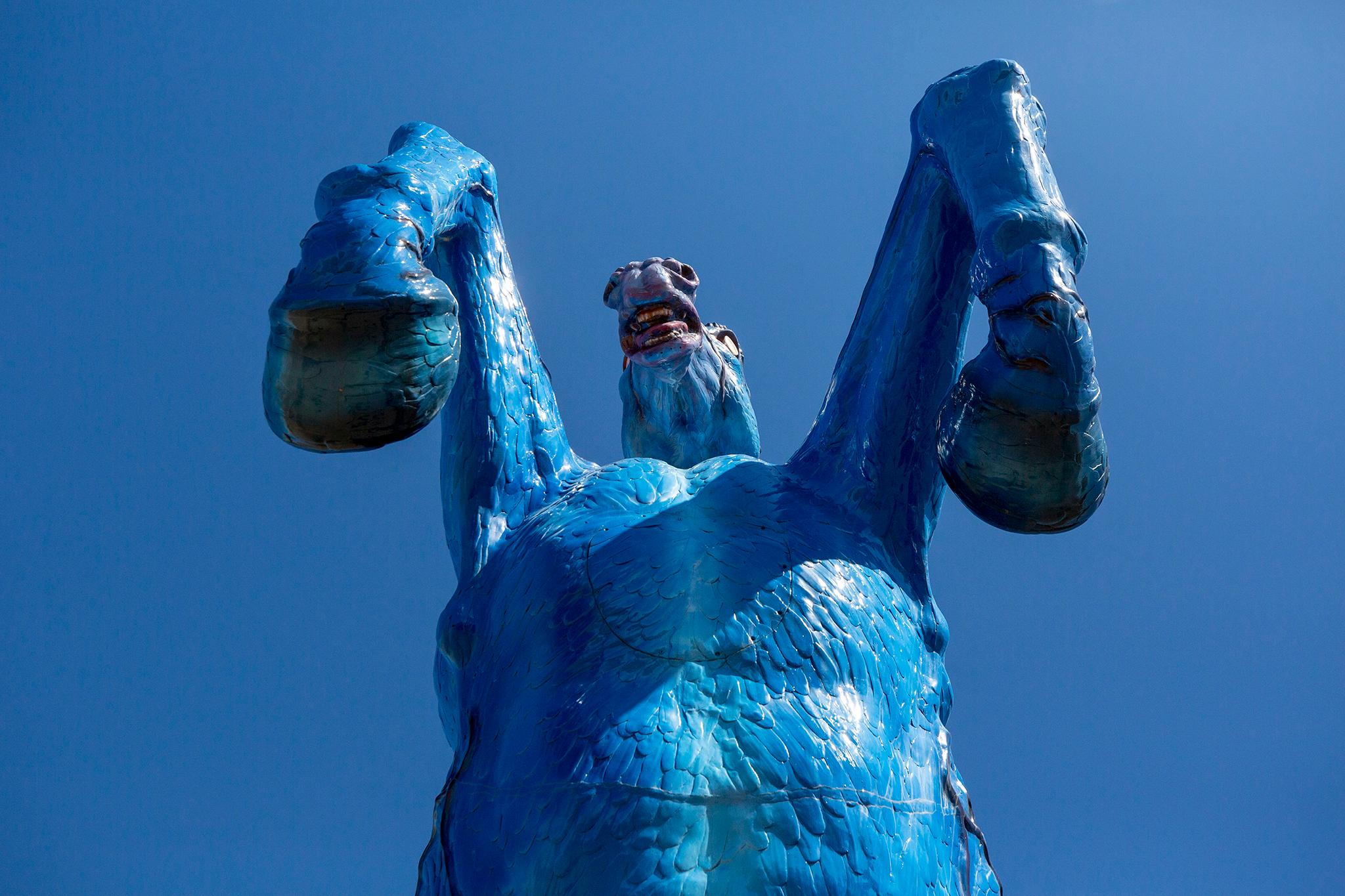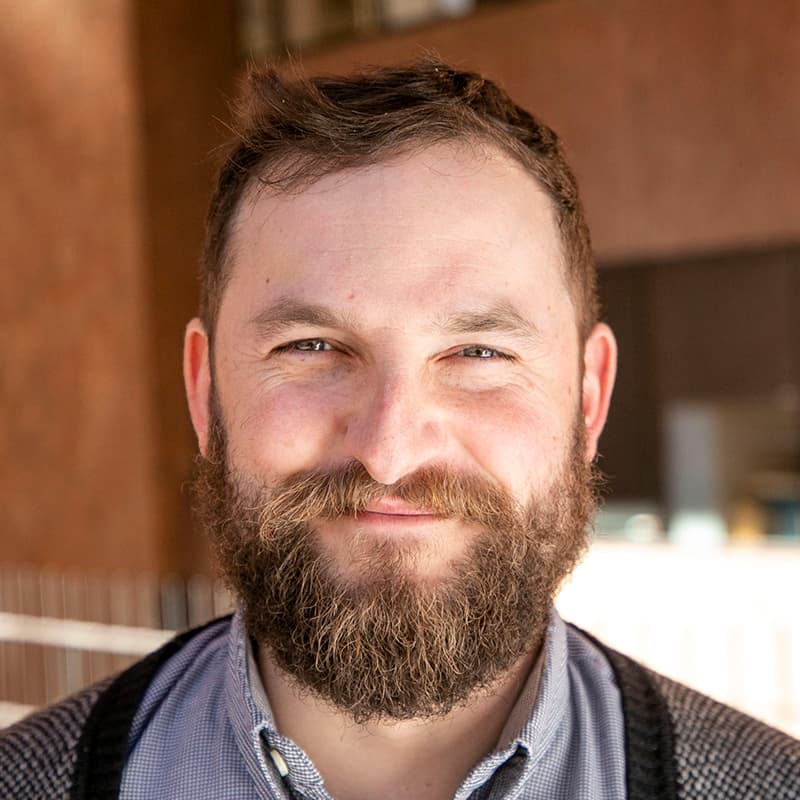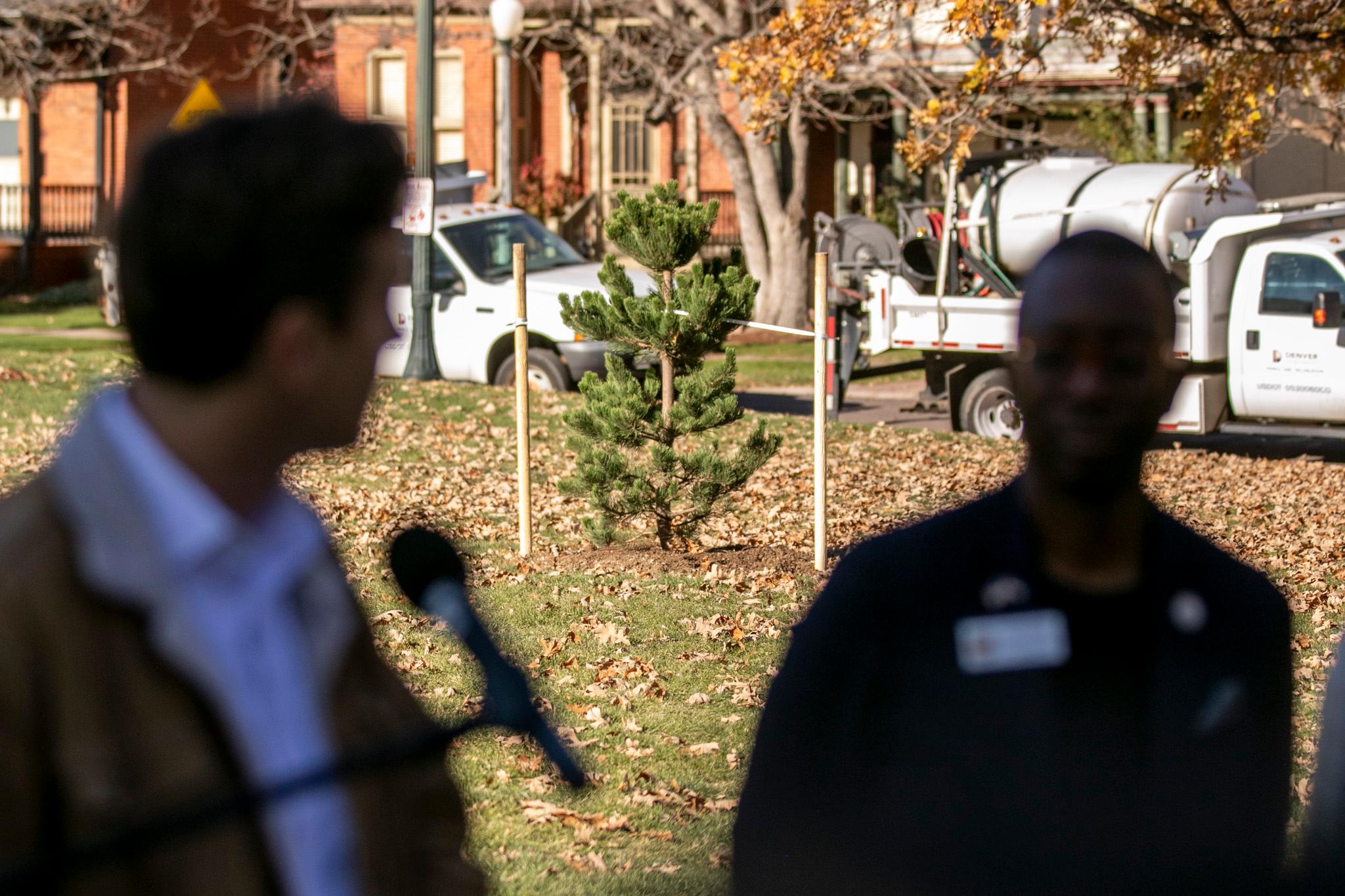Several freedom-of-speech advocacy groups criticized the History Colorado Center on Monday for allegedly censoring an artwork that had been planned for its new Little Saigon exhibition.
The National Coalition Against Censorship, the Foundation for Individual Rights and Expression, and the American Civil Liberties Union of Colorado said in a letter they “are deeply concerned to learn of History Colorado Center’s recent decision to censor an artwork intended for display in its galleries.”
“We urge History Colorado to take steps towards returning the censored work to its intended exhibition—with public acknowledgement of its error and a public apology to the artist,” the letter continues.
History Colorado removed a painting that was supposed to be exhibited in “Big Dreams in Denver’s Little Saigon” days before the exhibit premiered. The work in question was one of three paintings commissioned from Denver-based artist Madalyn Drewno, titled “None of Us Are Free Until All of Us Are Free.” The exhibit was co-curated with Colorado Asian Pacific United, a Denver-based non-profit that aims to unearth and uplift AANHPI stories across the state.
Drewno says she was informed by CAPU on Oct. 16 that her painting was being removed. The exhibit officially opened to the public on Oct. 21. The opening reception was on Oct. 20.
The painting depicts Joie Ha, the executive director of CAPU, sitting down with her mother, Ivy Ha. The background is a collage of different images, including portraits of pro-Palestinian protestors from other cities alongside pictures of Colorado politicians. U.S. Sen. John Hickenlooper is depicted with dollar signs over his eyes, while Gov. Jared Polis has a red handprint over his mouth, referencing the symbol for the Missing and Murdered Indigenous Women and Children Movement. Lastly, U.S. Sen. Michael Bennet’s face is painted alongside the words “Bennet funds genocide.”
According to Drewno, the museum said her two other paintings — “Letting Go + Holding On” and “Love Is All About Good Timing” — could stay in the exhibit. Drewno decided to withdraw them, citing the museum’s “lack of transparency” throughout the situation.
“It just wouldn't make any sense to take out one of the most important pieces of this whole series and to just allow the museum to use the other two artworks,” the artist told Denverite.
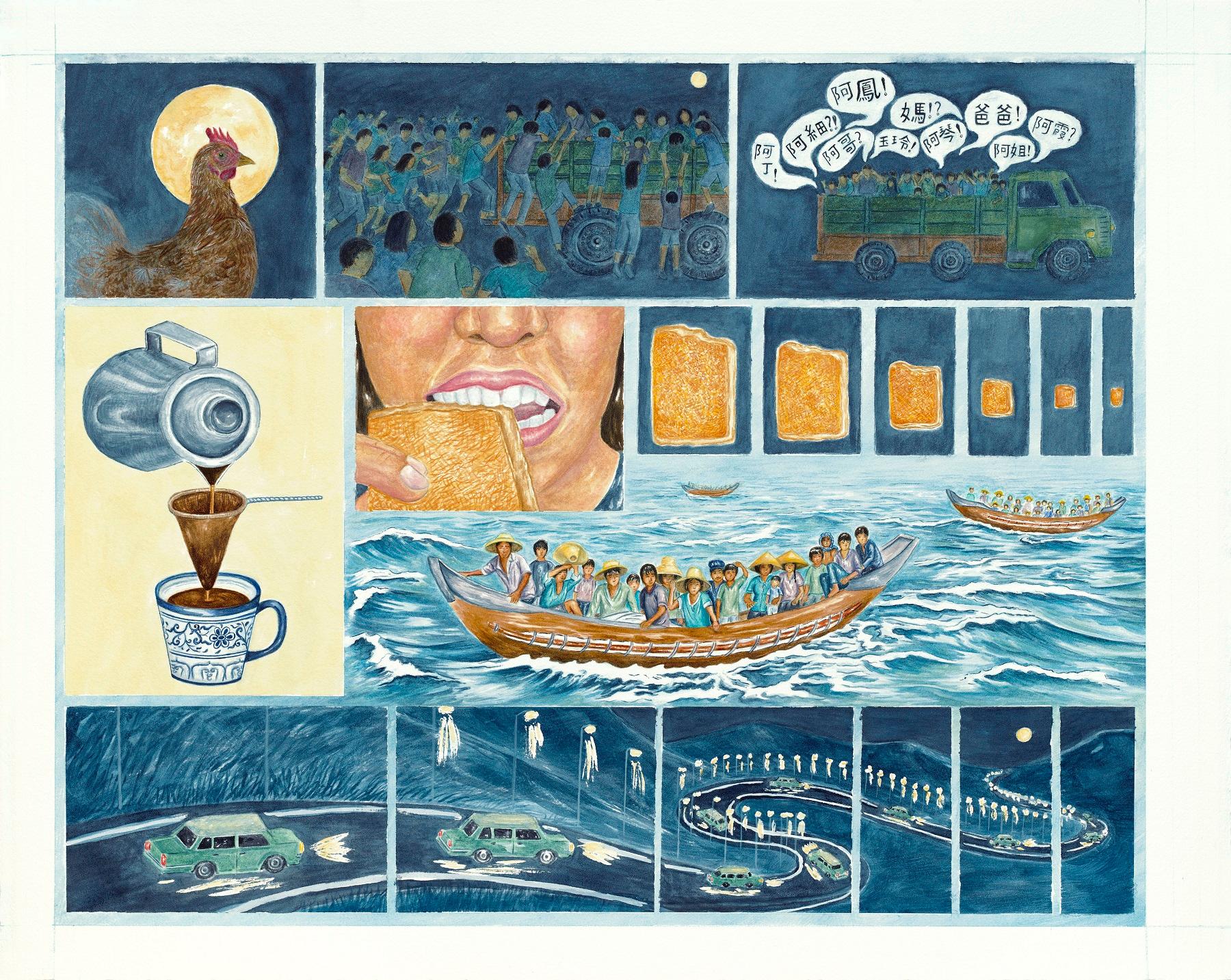

CAPU commissioned three local artists to display original works in the exhibit, alongside other elements like traditional Southeast and East Asian clothing, a preview of the upcoming documentary “There’s a Lane For Us” about Denver’s Little Saigon, and first-hand oral histories from members of the community.
The works are on loan to History Colorado for the course of the exhibit, through October 2026.
In a statement, History Colorado said the painting was removed because it was “significantly different than the artwork proposed, and we do not use public funds or resources to platform opinions that could be perceived as campaigning for or against current candidates or ballot issues.”
Drewno believes the removal of her painting was unfair and at least partly due to the depiction of pro-Palestinian messaging.
“I personally just find it very hard to believe that having a painting with very explicit Palestine support is not part of this at all,” she said.
CAPU leaders said that they were not involved in the decision to remove the painting. They also said that multiple curators at the exhibit were not involved either, and the order came from the museum’s legal team.
“CAPU and the HC curation team tried to negotiate a compromise and open up a dialogue, however the legal counsel's decision was final,” the organization said.
History Colorado is part of the state’s Office of Higher Education and, therefore, publicly funded, but it operates as a nonprofit.
According to attorney Martha Tierney, who is an expert on campaign finance law, the museum could legally display the painting, but may have needed to report the display of the artwork as a potential act of electioneering communications to the Secretary of State.
“There is a provision in the (state) constitution that talks about electioneering communications and that it doesn't mean you can't do them, but you're supposed to report them,” Tierney told CPR. “They could do it and they would have to just notify the Secretary of State that they've done this … I guess I'm not that confused by them wanting to be cautious, but I don't think it violates the law.”
The loan agreement between CAPU and History Colorado allows the museum to “withdraw such objects from exhibition at any time.”
The original sketch that Drewno provided CAPU at the beginning of the commissioning process did not feature the collage of faces, including the Colorado politicians.
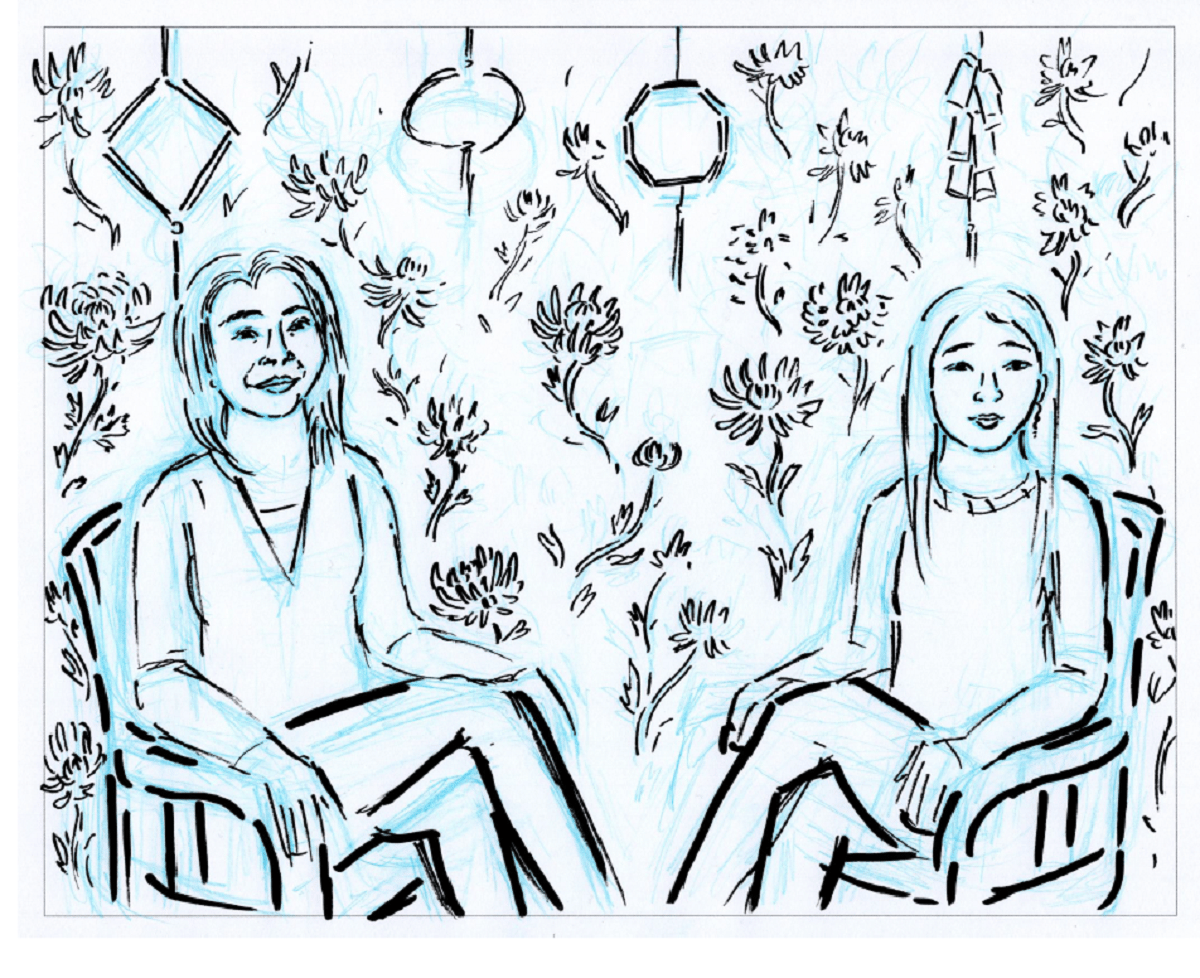
The memorandum of understanding that Drewno entered with CAPU states that the artist will work “collaboratively” with CAPU to “refine design(s) in alignment with the project’s goals and feedback from community stakeholders.”
Drewno says she was never asked by CAPU or the museum for updates on her paintings as she was developing them after her initial work proposal.
“I think it's also important to note that the issue that was claimed by the museum was not that the final painting was completely different from what I proposed,” she said. “What was the complaint was that I had included politicians' images. So even if the museum or CAPU was claiming, ‘Well she broke the contract because it wasn't the same thing as she proposed in those conversations,’ that wasn't the issue.”
According to both CAPU and Drewno, History Colorado did not reach out to Drewno directly. CAPU connected the museum staff to Drewno by email and encouraged them to speak to the artist directly, but Drewno said she never heard from the History Colorado team. All of the communication went through CAPU.
Elizabeth Larison is the Director of the Arts and Culture Advocacy program at the National Coalition Against Censorship. Drewno reached out to the NCAC after her work was denied exhibition. Larison believes this is a clear case of censorship.
“In short, the museum has censored her work,” she told Denverite in an interview. “The History Colorado Center has invited those works of the artist. They rejected one of them under the pretense that it's in violation of the law, but that is not a credible legal argument. And so it begs the question of what are the real reasons why this work is being removed?”
This situation comes during a wave of institutional censorship powered by the Trump administration.
The NCAC and other signees of the letter sent to History Colorado asked for “a public acknowledgement of its error and a public apology to the artist, and then to re-invite Madalyn Drewno’s commissioned triptych of paintings for display within 'Big Dreams in Denver’s Little Saigon,' so that audiences retain their ability to access their work as originally intended.”
History Colorado declined to answer further questions.
Editor's note: This story was updated to correct the name of the National Coalition Against Censorship and to reflect that the loan agreement was between CAPU and History Colorado. A secondhand quotation was removed.
History Colorado is a financial supporter of CPR News and Denverite. Financial supporters have no editorial influence.
